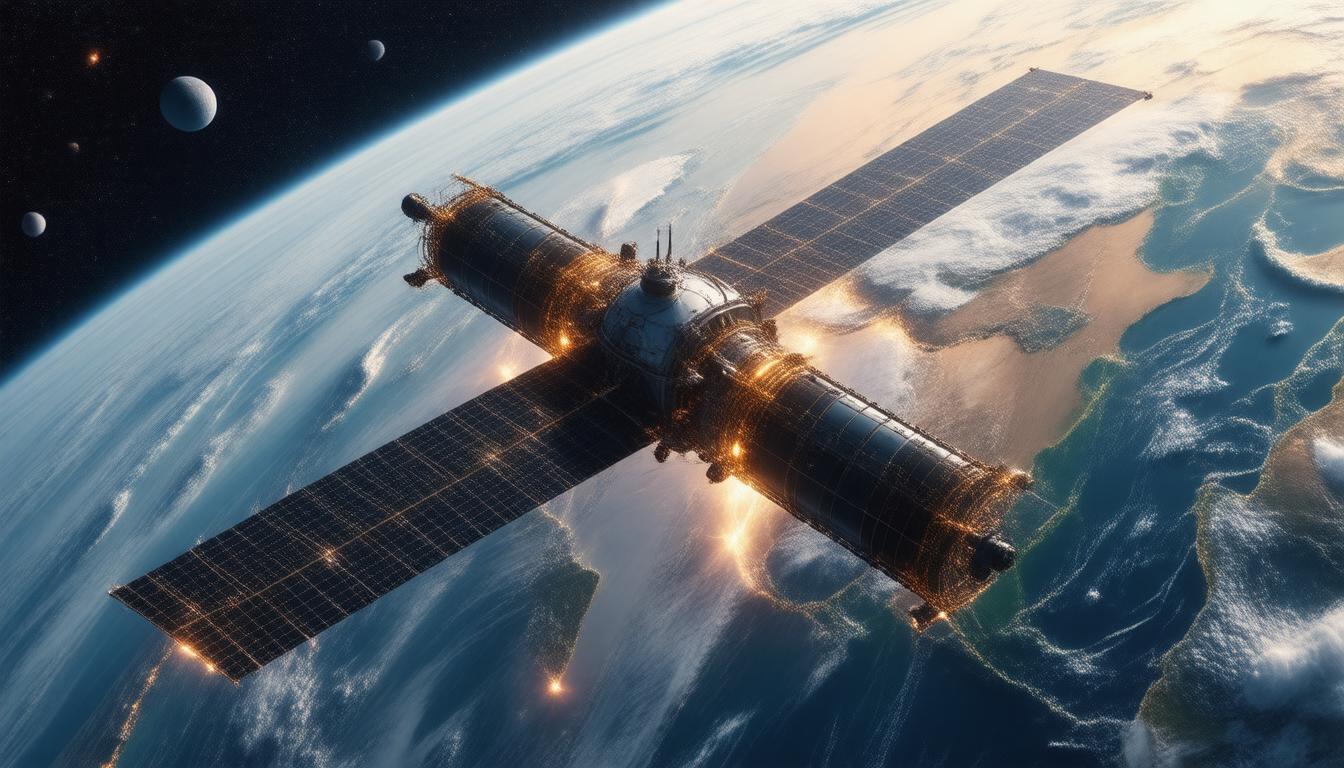In a world that is increasingly dependent on technology, satellites play an integral role that often goes unnoticed. These remarkable machines orbiting our planet have revolutionized how we communicate, navigate, and gather information. From weather forecasting to GPS navigation systems, the impact of satellites is profound and far-reaching. In this article, we will explore the evolution of satellite technology, the various types of satellites and their functions, the significant impact of satellites on communication and navigation, and the exciting future trends that promise to elevate satellite capabilities even further.
Topics
- Satellite technology has evolved significantly since its inception, paving the way for modern advancements.
- There are various types of satellites, each serving specific functions such as communication, weather monitoring, and Earth observation.
- Satellites play a crucial role in enhancing global communication and improving navigation systems.
- The impact of satellites extends beyond technology, influencing areas like disaster management and environmental monitoring.
- Future trends in satellite development include miniaturization, increased connectivity, and the rise of megaconstellations for global internet coverage.
The Evolution of Satellite Technology
Satellite technology has undergone remarkable evolution over the past few decades, revolutionizing fields ranging from communication to navigation and earth observation. Initially launched for military purposes in the late 1950s, the first satellites, such as Sputnik, paved the way for a new era of global connectivity. As the demand for more sophisticated satellite capabilities grew, advancements in miniaturization and materials science led to the development of smaller, more powerful satellites. The advent of geostationary satellites in the 1960s allowed for continuous communication with specific areas on Earth, dramatically enhancing telecommunications. More recently, the rise of CubeSats and nanosatellites has made satellite deployment accessible for universities and startups, democratizing space technology. Today, innovations such as satellite constellations, exemplified by SpaceX’s Starlink, promise to deliver high-speed internet to remote areas worldwide, showcasing how satellite technology continues to evolve and adapt to modern needs.
Types of Satellites and Their Functions
Satellites come in various types, each designed to serve specific functions that enhance our understanding of the Earth, aid in communication, and facilitate scientific research. The most common types include communication satellites, which transmit signals for television, internet, and telephone services across vast distances, ensuring that people stay connected regardless of geographic barriers. Weather satellites play a crucial role in monitoring atmospheric conditions, helping meteorologists predict severe weather and track climate changes. Similarly, reconnaissance satellites are utilized for national security purposes, gathering intelligence and monitoring military activities. Another important category is scientific satellites, which are equipped with instruments to study phenomena ranging from cosmic radiation to Earth’s magnetosphere. Furthermore, navigation satellites such as the Global Positioning System (GPS) provide critical positioning data for various applications, including autonomous driving and aviation. By exploring the different types of satellites and their functions, we gain insight into how these remarkable technologies contribute to our daily lives and global advancements.
‘The Earth is the cradle of humanity, but mankind cannot stay in the cradle forever.’ – Konstantin Tsiolkovsky
Impact of Satellites on Communication and Navigation
The impact of satellites on communication and navigation cannot be overstated, as they have revolutionized the way we connect, navigate, and access information on a global scale. Satellites, orbiting the Earth at various altitudes, facilitate a vast array of communication services, including television broadcasting, internet connectivity, and mobile phone networks. This technology has enabled instant communication, allowing users to transmit data across the globe with minimal delay. Moreover, the role of satellites in navigation has been transformative; Global Positioning System (GPS) satellites provide precise location data essential for everything from personal travel to large-scale logistics and emergency services. These advancements have not only improved individual convenience but have also enhanced national security, disaster response, and economic efficiency. As we continue to explore the potential of satellite technology, the future promises even greater innovations that could further bridge distances and improve the quality of life. Understanding the critical role of satellites in communication and navigation is vital for recognizing their contributions to modern society.
Future Trends in Satellite Development
As we look towards the future of satellite development, it is essential to recognize the emerging trends that are set to redefine this dynamic industry. One of the most significant advancements is the increasing miniaturization of satellites; the rise of CubeSats and small satellites is enabling organizations to launch more frequently and at lower costs without sacrificing functionality. Furthermore, the integration of artificial intelligence (AI) in satellite systems is poised to enhance data processing and analytics capabilities, allowing for real-time monitoring and quicker decision-making in various applications, from climate studies to urban planning. Additionally, the increased collaboration between private companies and governmental organizations is paving the way for innovative satellite solutions that leverage shared resources and expertise. Moreover, as the demand for global internet connectivity grows, we can expect an expansion of satellite constellations, particularly in low Earth orbit (LEO), to provide high-speed internet to underserved regions. Finally, sustainability is becoming a priority, with new designs focusing on end-of-life disposal strategies and measures to minimize space debris. These trends in satellite development highlight a fascinating evolution that promises to enhance the capabilities and accessibility of satellite technology in the years to come.
Improve your professional profile AND do your part to contribute and advance human civilization by becoming a member today.



